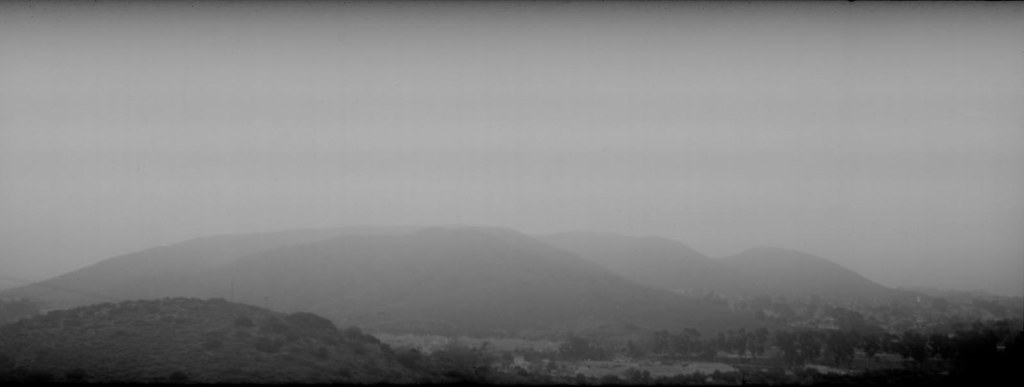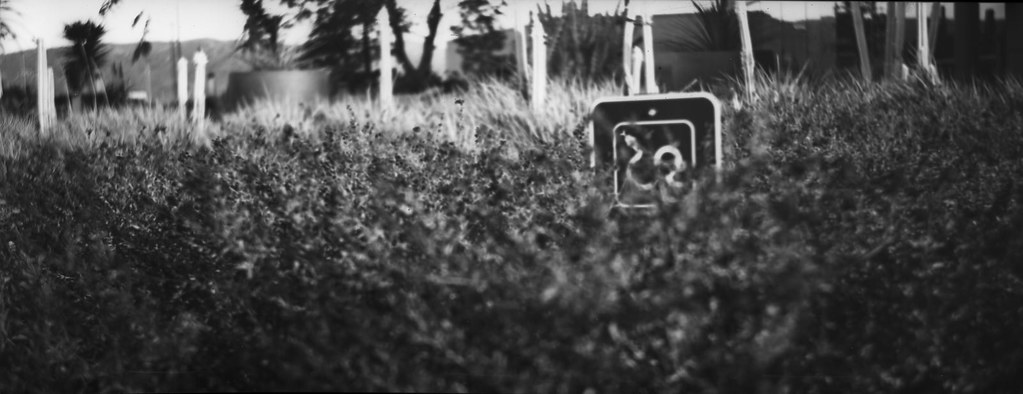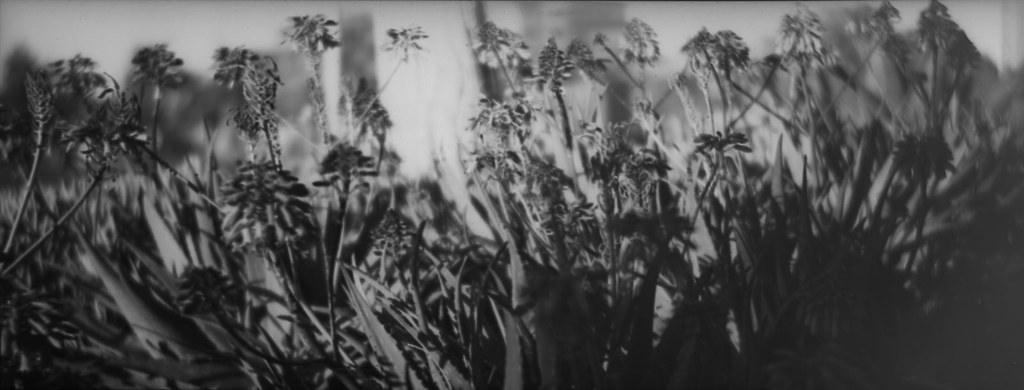If you have accidentally stumbled across my blog and found yourself with nothing better to do than read it, you might know that I like to shoot expired film, and in addition I like to shoot expired non pictorial film. Non pictorial film is that film that was intended for other uses like radiography and copying documents. Recently, while perusing a large auction site, I came across some microfilm made by Fujifilm. This was truly microfilm in that it was 35mm film, but it has no sprocket holes. Most 35mm cameras need sprocket holes in the film for the winding mechanism and/or the frame spacing/counting mechanism to work. So needless to say, demand is pretty low for film without them. When I saw this film it reminded me of a 100'roll of sprocketless Konica 160 I have in the freezer that I have used in my Kodak Instamatic 500. Granted, I did have to add some spacing holes in it for the camera to work properly, but that's not too difficult. So my intention was to use this Fuji film in the instamatic. But I digress. What I want to talk about is what I actually did with this film when I got it. It is not unheard of to put 35mm film into medium format cameras and expose it edge to edge over the sprocket holes. Lots of people do that, so I thought I would do that with this film and not be bothered by the pesky hipster holes. So that's what I did. I taped it down to a 120 film backing paper. Getting it centered and straight in the dark was a challenge, but after a few tries rolling it up and unrolling it, straightening it out and re-rolling it, I finally got it all rolled up. I found it easiest to tape down the leading end, roll it onto a 120 spool and then re-roll it from the untaped end onto another 120 spool. That makes it so that you don't end up having to untape and retape the leading end because the film slid past the paper as you were rolling. I thought later of making some sort of a jig that would hold the paper flat and let me use both hands to align the 35mm film. That might be worth thinking about later. But today, I just need to show some pictures. These are full width 35mm taken in a 6x9 camera (Voigtländer Bessa) so 90mm wide. That is a fully manual camera with a viewfinder and range estimation focusing. On top of that, I had to sort of envision where the 'film' was in the viewfinder. So I was picturing a skinny mask running across the middle of the viewfinder in order to compose my shots. I got 8 shots on a roll which is good for me since I don't have a lot of patience. 36 exposures is torture. The film didn't have an iso rating marked, so I went to the googlz and found the spec sheet. From there, I found that the film's manufacturer recommends an iso of "medium". So, I figured "eh... 100??", but it expired in 2001, so I thought "ummm... 25??" So that's what I shot it at. I developed it in Adox Adonal (Rodinal) 1:100 for 60 minutes with 30 sec. initial agitation and 10 sec. agitation at 30 minutes. When I pulled the negatives out of the fixer, I thought, "Woah, that's a lot of contrast.", and it is, but not as bad as I initially thought. Most of the photos were shot in bright midday sun, so contrast is what you get. The first shot is fogged because I was taking too long to get it rolled up, but it turned out okay since it was a shot of a foggy landscape. :)

This is a snake in the grass.

Here are some more without the bad jokes.



I hope you enjoy these photos. I sure had fun making them and am looking forward to having more panoramic fun with this sprocketless film.










No comments:
Post a Comment